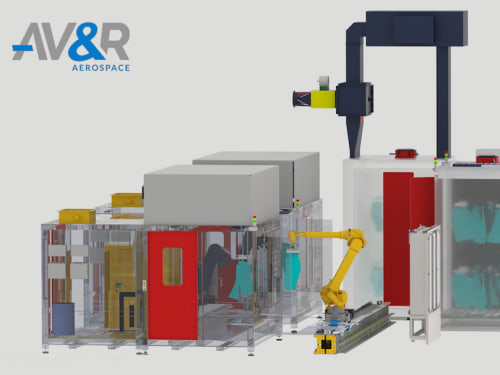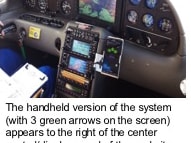2016
Aerospace & Defense
I have a feasibility study done on my personal dirigible, that shows that it is possible to build and fly a craft of my design. My plan is to have a sealed/pressurized crew compartment made out of carbon fiber that would have four hydrogen filled balloons for vertical take off & landing capabilities.
THE PRE -- A UNIQUE POWER DENSE & FUEL EFFICIENT 4 ROTOR 1 CHAMBER ICE
Planetary Rotor Engine Company (PREC) is a technology company formed to develop the Planetary Rotor Engine (PRE) -- a revolutionary engine design offering many advantages over the conventional piston driven internal combustion engines (ICE) that dominate engine markets today.
The invention outlines the design of a quad-tilt rotor that is implementable on a large scale UAV.
Design explanation:
As the present Aerospace industry is very much interested in VTOL designs, this design is primarily designed for that. To reduce the fuel consumption we used the tilt rotors i.e,
I have designed a quadcopter. I also have designed a lot of automobile components (ex: suspension gearbox, cvt, rollcage, eye joint ,ball join, knuckle,steering, etc). I have not gotten any coaching or professional help from any person. I have learned some things by youtube and lot of things myself.
A quadcopter, also called a quadrotor helicopter or quadrotor,
Currently, CubeSats are launched into space using conventional rockets, which have to push through an extremely dense atmosphere and burn up a lot of fuel on the way up, subsequently raising the price on companies/organizations looking for a ride.
RALS, or Reduced Altitude Launch System,
The invention outlines the design of a nano-size camera that is implementable on a nano-scale electromagnet. The camera is fabricated using the infrared photodetectors (semiconductors) that are designed on a sub-micron technology. (The camera is thus, an infrared camera, because the visible spectrum would be too complicated with the optical sensor fabrication.
Mars offers an attractive first step for expansion into the solar
system and beyond. Offering a range of possibilities, Mars plays a
vital role in our future. Humans have not ventured into the extreme
deep space environment, as this hostile environment proves difficult
to overcome.
Times have changed and information is king but an important area to understand our world is still shrouded in much mystery: remote sensing from satellites. SatNet is an online hub connecting end-users to EOS (Earth Observing System) satellites and information in an efficient, intuitive manner. Currently,
Thanks to its dramatic improvements in aircraft ground collision avoidance, this technology can save the lives of ~100 people each year in the U.S. alone by preventing what is called controlled flight into terrain (CFIT). Accounting for nearly 20% of general aviation deaths, CFIT occurs when a distracted or incapacitated pilot flies a fully functioning aircraft into the ground.
Page 7 of 9









